Complete Guide to Biconditionals: Definitions and Usage
Welcome to the world of biconditionals and definitions in geometry! While we often encounter conditions and statements that hinge on a single premise, biconditionals offer a two-way road, linking two statements such that they depend on each other. In geometry, these are especially critical when crafting precise definitions. This guide will break down biconditionals and showcase their importance in geometric definitions. Let's dive straight in!

Step-by-step Guide: Biconditionals and Definitions
Understanding Biconditionals
A biconditional is a compound statement formed by combining two conditional statements using the phrase “if and only if,” often abbreviated as “iff.” It’s denoted by the symbol \(\leftrightarrow\). A biconditional statement is true when both the conditions have the same truth value, i.e., both are true or both are false.
Structure: \( p \leftrightarrow q \) reads as “\(p\) if and only if \(q\).”
Biconditional Breakdown
When we say “\(p\) if and only if \(q\),” it encompasses two statements:
- \( p \rightarrow q \): If p, then q.
- \( q \rightarrow p \): If q, then p. For the biconditional to be true, both these conditions should hold true.
Biconditionals in Geometry & Definitions
In geometry, biconditionals play a pivotal role in creating clear-cut definitions. A definition in geometry often allows for both a forward and backward reading, which is precisely the nature of biconditionals.
Example: A figure is a square if and only if it has four equal sides and four right angles. Here, if a figure is a square, it must have these properties. Conversely, if a figure possesses these properties, it’s defined to be a square.
Examples
Example 1:
Consider the statement: A shape is a circle if and only if all points on the shape are equidistant from a single point called the center.
Solution:
Forward reading: If a shape is a circle, then all its points are equidistant from a center.
Backward reading: If all points on a shape are equidistant from a center, then the shape is a circle.
Example 2:
Statement: An angle is a right angle if and only if it measures \(90^\circ\).
Solution:
Forward: If an angle is a right angle, it measures \(90^\circ\).
Backward: If an angle measures \(90^\circ\), it is a right angle.
Practice Questions:
- For the definition “A line is perpendicular to another if and only if they form a \(90^\circ\) angle,” write the forward and backward readings.
- Explain why the statement “A figure is a rectangle if it has four right angles” is not a biconditional.

Answers:
- Forward reading: If a line is perpendicular to another, they form a \(90^\circ\) angle. Backward reading: If two lines form a \(90^\circ\) angle, one line is perpendicular to the other.
- The statement is only one way. It states a condition for a figure to be a rectangle but doesn’t clarify if having four right angles is the only criterion or if there are others, nor does it state the reverse (that if a figure has characteristics other than four right angles, it can’t be a rectangle). Thus, it’s not a biconditional.
Related to This Article
More math articles
- How to Calculate Limits of Functions
- Overview of the AFOQT Mathematics Test
- Word Problems Involving Rates and Ratios
- How to Use Number Lines to Graph Equivalent Fractions
- The Ultimate MAP Algebra 1 Course (+FREE Worksheets)
- 5th Grade MAP Math Worksheets: FREE & Printable
- What Kind of Math Is on the TABE Test?
- How to Solve Pascal’s Triangle?
- How to Decode Decimal Division: Patterns Across Rising Place Values
- 5th Grade Common Core Math Worksheets: FREE & Printable
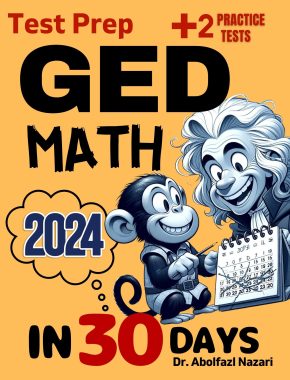






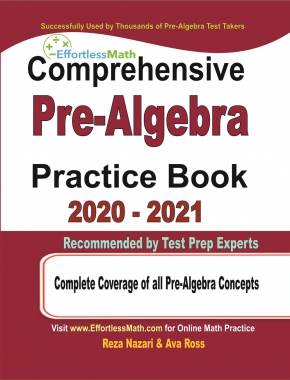










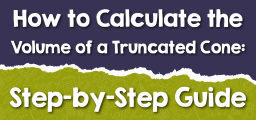
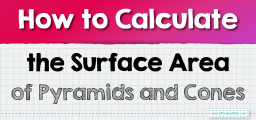
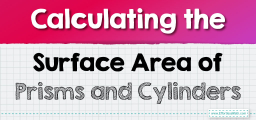
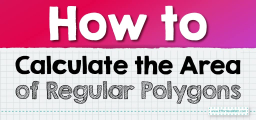



What people say about "Complete Guide to Biconditionals: Definitions and Usage - Effortless Math: We Help Students Learn to LOVE Mathematics"?
No one replied yet.